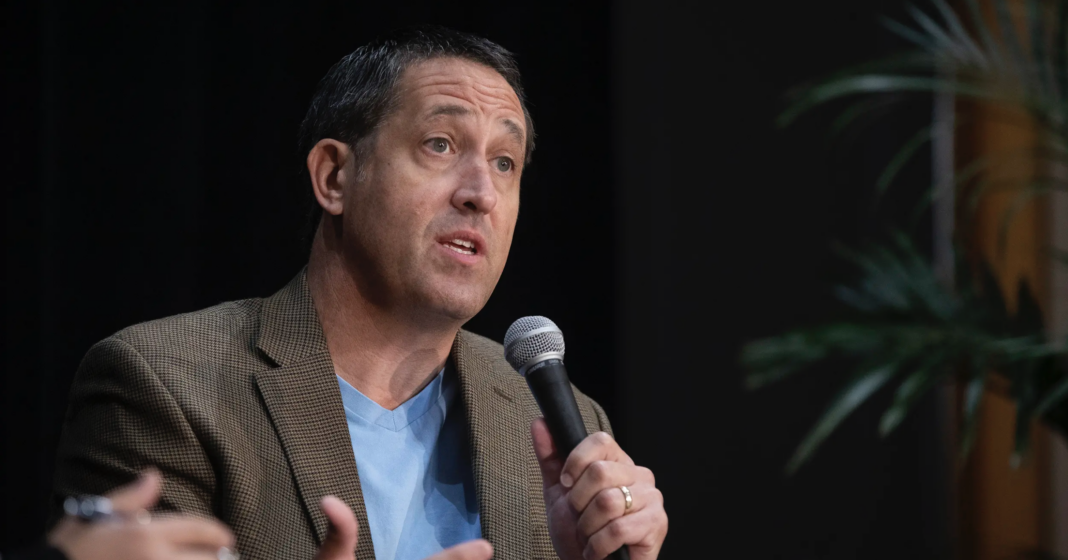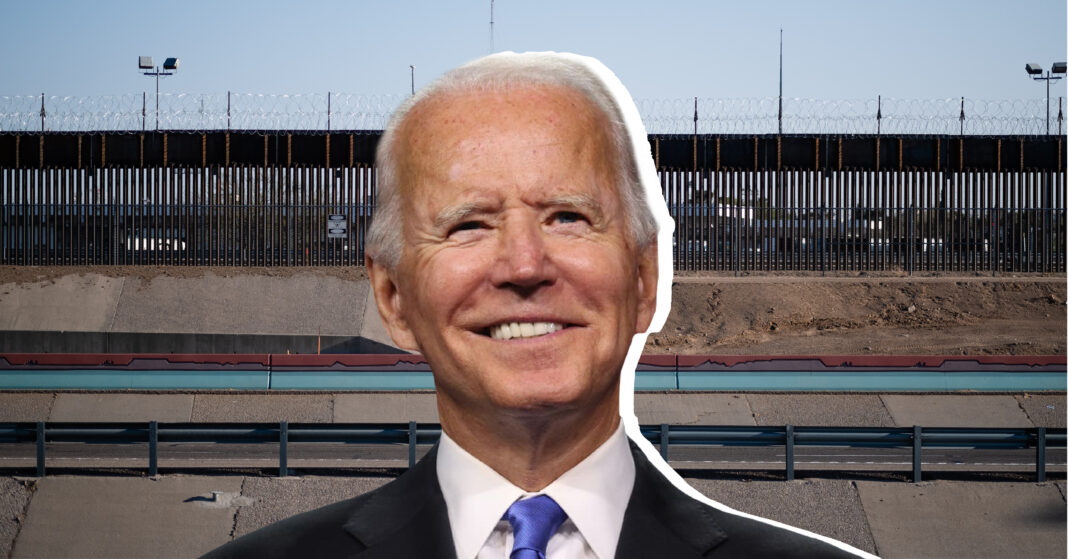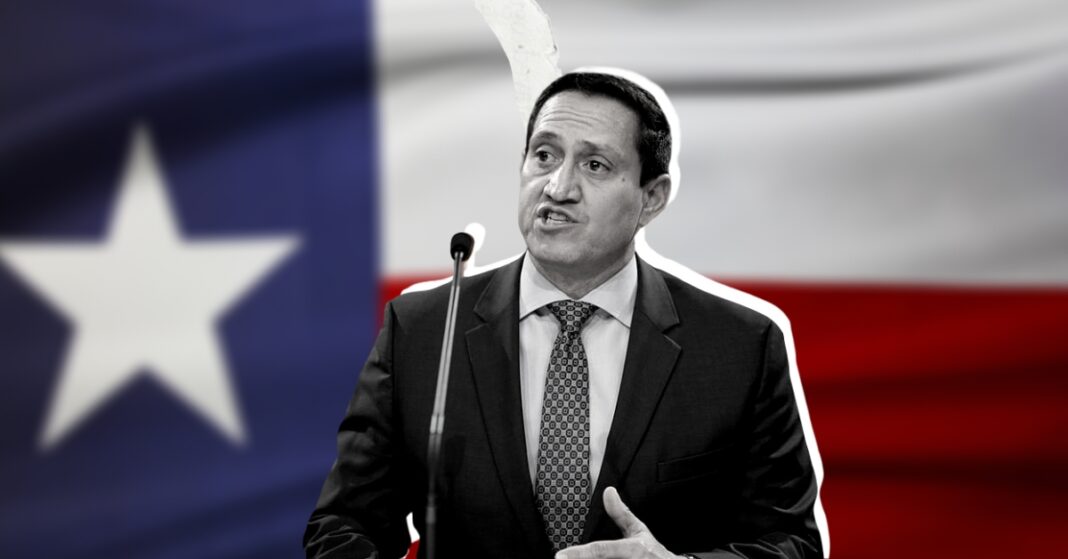Texas is projected to have $188.2 billion available in general revenue for funding the business of the state over the 2024-25 biennium — an unprecedented 26% increase from what lawmakers had during the last budget cycle, Texas Comptroller Glenn Hegar said Monday in his biennial revenue estimate to state lawmakers and leaders.
It’s far more money than legislators have ever had at their disposal, with an increase in available funds that dwarfs any previous jumps between cycles, thanks largely to a tax-collection windfall that left the state flush with cash, Hegar said.
It’s also more than the Texas Constitution and state law will legally allow them to spend, barring any special legislative action to bypass those spending limits.
The estimate comes one day before the Texas Legislature convenes on Tuesday. It includes an anticipated $165.9 billion in new revenue, the vast majority of which comes from sales and energy taxes collected by the state and can only be spent in the next cycle.
It also includes a historic $32.7 billion in state dollars expected to be left over in Texas coffers from the 2022-23 biennium, thanks to “vigorous economic growth,” gas prices, inflation and other factors in the past 18 months, he said.
All but $10 billion, which is reserved for highway funds and the state’s rainy day fund, is available for general spending, Hegar said.
That pot of money can be spent before August to supplement anything the lawmakers need for the current budget.
Unless legislators choose to dip into the Economic Stabilization Fund, the official name for the state’s so-called rainy day fund, that fund is expected to have an all-time high balance of $27.1 billion by the end of the 2024-25 biennium, Hegar said Monday. The rainy day fund is separate from the $32.7B left over in the state treasury from the last cycle and is not included in Monday’s overall funds-available estimate.
State revenue from all sources is expected to reach $342.3 billion for the 2024-25 biennium — including $108 billion in federal income and about $68 billion from other revenues, such as fees, both of which are dedicated for particular purposes and thus not available for general-purpose spending on things like law enforcement or property tax relief.
The current two-year budget period, which ends in August, totalled $265 billion in state and federal funds, including an initial $119 billion in general revenue — a number that is expected to top $150 billion before the cycle ends.
Monday’s budget estimate reflects a robust economic rebound as the state worked to recover from the COVID-19 pandemic but accounts for an expected mild recession this year — albeit a “relatively shallow and short” one for Texas — and a resulting slowdown in consumer spending, employment and personal income levels, said Hegar, a Republican entering his third term as comptroller.
All of that could be affected by efforts by the Federal Reserve to reduce inflation — which could deepen a recession, Hegar said — and whether conditions in other parts of the world, such as Russia and China, cause oil and gas prices to become more volatile than usual, among other factors.
But in spite of an economic situation that Lt. Gov. Dan Patrick recently referred to as a “sky full of rainbows,” Hegar on Monday urged foresight and frugality.
“The outlook remains subject to substantial uncertainty,” he cautioned.
State revenue depends largely on sales taxes — about 53% of the total is expected to come from sales tax in the next budget cycle. But it also includes sizable revenues from oil and gas severance taxes, as well as motor vehicle fuel and sales taxes and franchise taxes collected on alcohol.
Subject to change
The revenue estimate is the primary responsibility of the state comptroller and projects for legislative budget writers how much money Texas will collect from its residents and businesses during the next biennium.
The comptroller is the state’s chief tax collector, revenue estimator and check writer. Hegar’s most high-profile time is during the legislative session, when he keeps lawmakers apprised of how much money is available to them as they decide how to fund the operations of the state in the new biennium. Because the Texas Legislature meets every two years, lawmakers craft a two-year budget.
Passing a balanced budget — one that spends no more than what is expected to be available — is the only thing the Texas Legislature is constitutionally required to do during its regular 140-day session.
Lawmakers are expected to pass the budget before the session ends in late May.
Monday’s estimate for the next budget cycle could be updated later in the session, as lawmakers get closer to wrapping up budget negotiations and the comptroller’s team of economic forecasters and researchers gathers the most current economic information.
The projection figure is also subject to change throughout the biennium as economic conditions shift — as they did during the last two years.
When actual collected revenue is higher than what the budget anticipated, the state can wind up with more money than it had planned to spend, as it has now.
When the actual revenue drops, it can result in a deficit that has to be dealt with in the following cycle.
Hegar has likened the revenue estimation process to the challenge of projecting what one’s own bank account might look like more than two years into the future: One can make an educated guess, but the future — especially one impacted by economic swings and a chaotic political environment — cannot be predicted with any certainty.
Spending the cash
Part of the state’s comfortable economic position heading into the session is due to the balance that will be left in state coffers at the end of this current budget cycle, what Hegar estimated Monday at $32.7 billion. That number won’t be finalized until after the receipts are all in later this year and legislators determine during the session whether to spend any of the carryover balance before the end of August.
In addition to the “vigorous economic growth” that ballooned the state’s revenue since the end of COVID-19 pandemic restrictions, Hegar said, spikes in energy prices and the highest rate of general price inflation in 40 years also caused state tax collections to surpass what was expected when lawmakers approved the last budget.
That ending balance also reflects $3.8 billion in savings due to federal pandemic dollars replacing state taxpayers’ dollars, as well as savings by the state on school funding due to skyrocketing property taxes that reduced the state’s obligation to schools by about $4.3 billion, he said.
State law and the Texas Constitution already create roadblocks for lawmakers who may be tempted to spend all of the state’s available revenue this cycle, even if it’s for pressing state issues like property tax relief, schools or state workforce, or one-time investments like water infrastructure and broadband.
Those spending limits have been set at a 12.3% increase over spending in the current biennium, allowing lawmakers up to about $12.5 billion more in general revenue to spend for the next two years, according to current budget numbers. That dollar figure could go up if lawmakers pass a supplemental budget bill this session that increases spending over the next two years, but it is still well under the amount expected to be available to lawmakers.
Anything beyond the limits would require a politically risky vote to bust the spending cap, or another budgeting strategy to work around those limits.
Patrick is among state leaders who advocate saving some of the leftover cash in state coffers as well as the money in the rainy day fund — while spending a considerable portion of it on property tax relief as the top priority.
Asking voters to approve other measures that would spend the money on areas such as mental health or the power grid would shield those dollars from the constitutional cap as well, he said.
“The public says be smart with the money, don’t spend all the money, and address the needs,” Patrick said in December. “I would not be in favor of busting the spending cap, and I don’t think the members are. But if you go to the people, then the people have made that decision and it empowers the voters to say yes, I want to spend X dollars on the grid. I want to spend X dollars on mental health care.”
It’s not a new strategy, but critics of that idea say that constitutional amendments would further tie up dollars for a budget that is already 80% restricted to specific purposes.
“The budget eventually would just be on autopilot,” said Eva DeLuna Castro, a budget analyst for the progressive think tank Every Texan. “I mean, why even have a legislative budget process at that point?”
Disclosure: Every Texan and the Texas comptroller of public accounts have been financial supporters of The Texas Tribune, a nonprofit, nonpartisan news organization that is funded in part by donations from members, foundations and corporate sponsors. Financial supporters play no role in the Tribune’s journalism. Find a complete list of them here.
This story originally appeared on the Texas Tribune. To read this article in its original format, click here.








